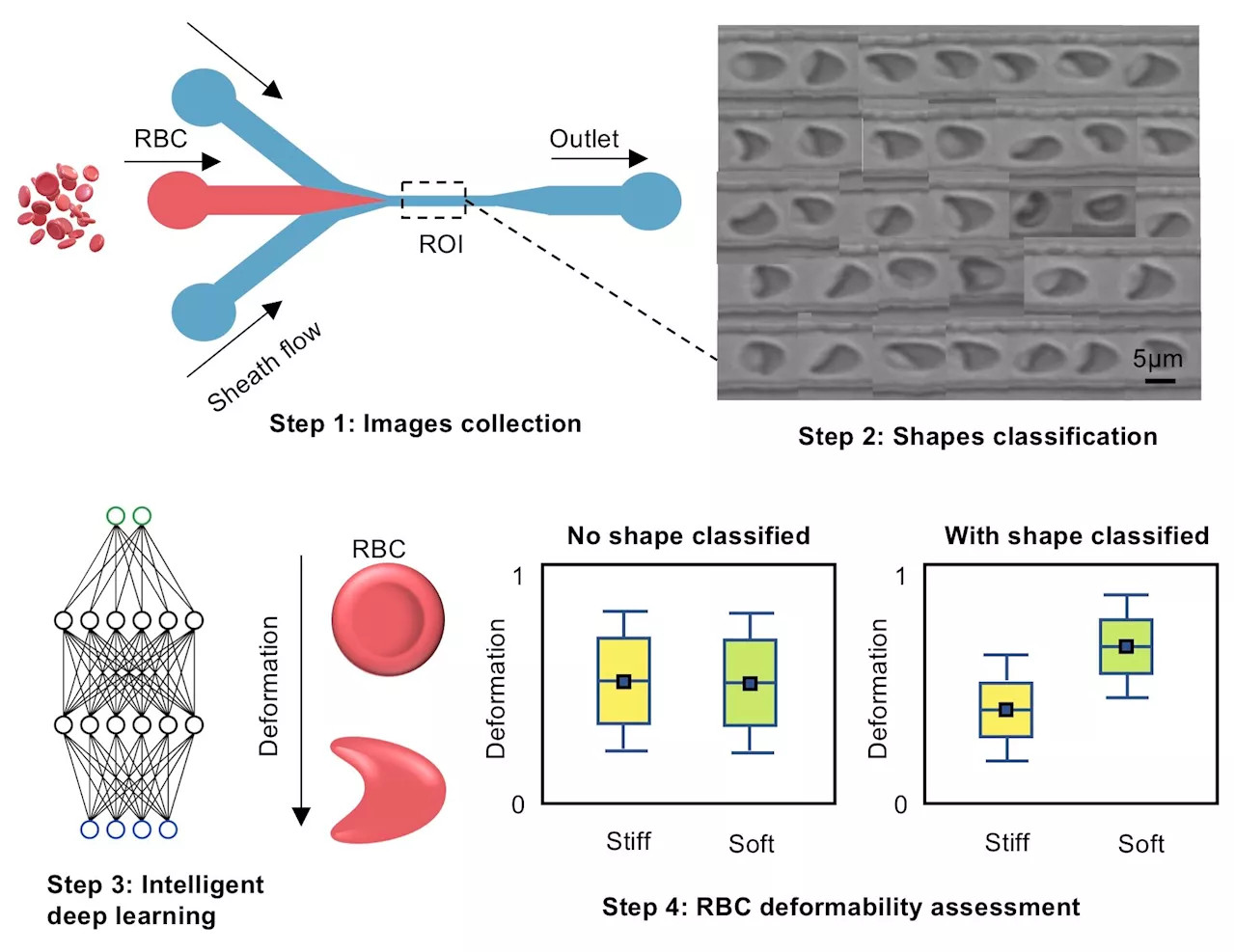Researchers invented a technique that allows them to observe which genes and enhancers are active in a cell at the same time. This could help them determine which enhancers control which genes and may reveal potential new drug targets for genetic disorders.
The human genome contains about 23,000 genes, but only a fraction of those genes are turned on inside a cell at any given time. The complex network of regulatory elements that controls gene expression includes regions of the genome called enhancers, which are often located far from the genes that they regulate.
More recently, in 2010, researchers discovered that these enhancers are transcribed into RNA molecules, known as enhancer RNA or eRNA. Scientists suspect that this transcription occurs when the enhancers are actively interacting with their target genes. This raised the possibility that measuring eRNA transcription levels could help researchers determine when an enhancer is active, as well as which genes it's targeting.
While brainstorming ideas for new ways to capture eRNA, Mahat and Sharp considered using click chemistry, a technique that can be used to join two molecules together if they are each tagged with"click handles" that can react together. The researchers used this approach to determine the timing of the expression of cell cycle genes in more detail than has previously been possible. They were also able to confirm several sets of known gene-enhancer pairs and generated a list of about 50,000 possible enhancer-gene pairs that they can now try to verify.
Human Biology Stem Cells Sickle Cell Anemia Genetics Biotechnology Developmental Biology Biology
Philippines Latest News, Philippines Headlines
Similar News:You can also read news stories similar to this one that we have collected from other news sources.
 Researchers create new software for the new European-Japanese Earth observation satellite EarthCAREPreparations for the launch of the new Earth observation satellite EarthCARE (Earth Cloud Aerosol and Radiation Explorer) at the end of May are in full swing. The joint mission of the European Space Agency (ESA) and the Japan Aerospace Exploration Agency (JAXA) will measure clouds, aerosol and radiation more accurately than ever before.
Researchers create new software for the new European-Japanese Earth observation satellite EarthCAREPreparations for the launch of the new Earth observation satellite EarthCARE (Earth Cloud Aerosol and Radiation Explorer) at the end of May are in full swing. The joint mission of the European Space Agency (ESA) and the Japan Aerospace Exploration Agency (JAXA) will measure clouds, aerosol and radiation more accurately than ever before.
Read more »
 Researchers establish commercially viable process for manufacturing with promising new class of metalsNanostructured high entropy alloys—metals made from a chaotic mix of several different elements—show a lot of promise for use in industries such as aerospace and automotive because of their strength and stability at high temperatures compared with regular metals.
Researchers establish commercially viable process for manufacturing with promising new class of metalsNanostructured high entropy alloys—metals made from a chaotic mix of several different elements—show a lot of promise for use in industries such as aerospace and automotive because of their strength and stability at high temperatures compared with regular metals.
Read more »
 Researchers use foundation models to discover new cancer imaging biomarkersResearchers have harnessed the technology behind foundation models, which power tools like ChatGPT, to discover new cancer imaging biomarkers that could transform how patterns are identified from radiological images. Improved identification of such patterns can greatly impact the early detection and treatment of cancer.
Researchers use foundation models to discover new cancer imaging biomarkersResearchers have harnessed the technology behind foundation models, which power tools like ChatGPT, to discover new cancer imaging biomarkers that could transform how patterns are identified from radiological images. Improved identification of such patterns can greatly impact the early detection and treatment of cancer.
Read more »
 Researchers discover new function of oncoproteinsResearchers at the University of Würzburg have discovered a new function of the oncoprotein MYCN: It not only helps cancer cells to grow stronger, but also makes them more resistant to drugs. The study is published in Molecular Cell.
Researchers discover new function of oncoproteinsResearchers at the University of Würzburg have discovered a new function of the oncoprotein MYCN: It not only helps cancer cells to grow stronger, but also makes them more resistant to drugs. The study is published in Molecular Cell.
Read more »
 Shaping up how red blood cell deformability is assessed—researchers develop new approachRed blood cells (RBCs) transport oxygen throughout the body and are able to pass through a complex of narrow capillaries due to their ability to deform.
Shaping up how red blood cell deformability is assessed—researchers develop new approachRed blood cells (RBCs) transport oxygen throughout the body and are able to pass through a complex of narrow capillaries due to their ability to deform.
Read more »
 Researchers Have Discovered Eight New Deep-Sea Species of SpongesScience, Space and Technology News 2024
Researchers Have Discovered Eight New Deep-Sea Species of SpongesScience, Space and Technology News 2024
Read more »
